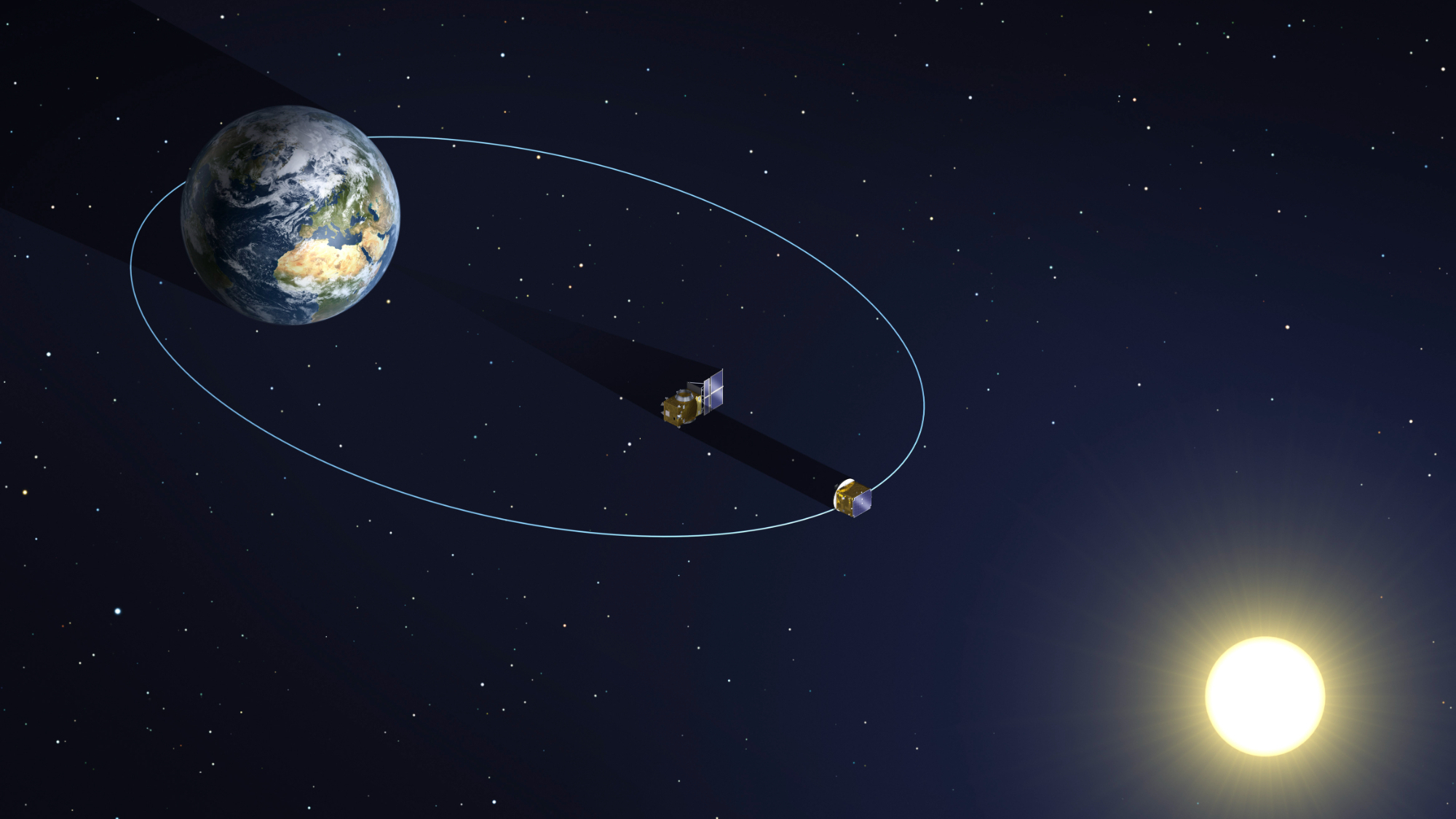You 'Knead' to See Garlic Bread Fly into the Stratosphere, Then Get Eaten! (Video)
YouTube personality Tom Scott published a video Monday (April 23) in which a weather balloon rises 22.2 miles (35.8 kilometers) above Earth's surface and parachutes down, carrying a half loaf of buttery, Parmesan-topped garlic bread. The full trip was filmed by a camera attached to the balloon contraption. "Loads of people have launched loads of things on balloons, usually as publicity stunts but ... those objects haven't been launched into space," Scott said about his inspiration for the flight.
According to Scott, the balloon essentially does travel to the edge of space because "the atmosphere is so thin up there — about 1 percent of the pressure at ground level — that it's close enough." The Kármán line is the officially recognized boundary between Earth and space, and at 62 miles (100 km) from Earth's surface, it is much higher than what Scott's balloon traveled. Nevertheless, the footage is awesome. [Flying Pizzas in Space! Astronauts Get Creative with Cosmic Pie Creations]
One half of the garlic bread loaf (which was selected as a payload "because it's delicious," Scott said) stayed on Earth as a taste control for when the team finally bit into the sky-rising bread. The team collaborators include Steve Randall from Random Aerospace, whose contraption flew in the video, and Barry Lewis, of the "My Virgin Kitchen" YouTube channel, who baked the payload the team would later sink their teeth into.
To make sure nothing went "a-rye" as the bread fell back to Earth, Randall installed a spring system inside the open box that held the garlic bread payload. With GPS and an automatic device called a servomechanism, the box closed shut "a thousand meters [3,281 feet] above the ground," according to Randall.
To learn more about the bread behind the experiment, visit Lewis' YouTube page, where he tests different rolls for the job.
Follow Doris Elin Salazar on Twitter @salazar_elin. Follow us @Spacedotcom, Facebook and Google+. Original article on Space.com.
Get the Space.com Newsletter
Breaking space news, the latest updates on rocket launches, skywatching events and more!
Join our Space Forums to keep talking space on the latest missions, night sky and more! And if you have a news tip, correction or comment, let us know at: community@space.com.

Doris is a science journalist and Space.com contributor. She received a B.A. in Sociology and Communications at Fordham University in New York City. Her first work was published in collaboration with London Mining Network, where her love of science writing was born. Her passion for astronomy started as a kid when she helped her sister build a model solar system in the Bronx. She got her first shot at astronomy writing as a Space.com editorial intern and continues to write about all things cosmic for the website. Doris has also written about microscopic plant life for Scientific American’s website and about whale calls for their print magazine. She has also written about ancient humans for Inverse, with stories ranging from how to recreate Pompeii’s cuisine to how to map the Polynesian expansion through genomics. She currently shares her home with two rabbits. Follow her on twitter at @salazar_elin.
